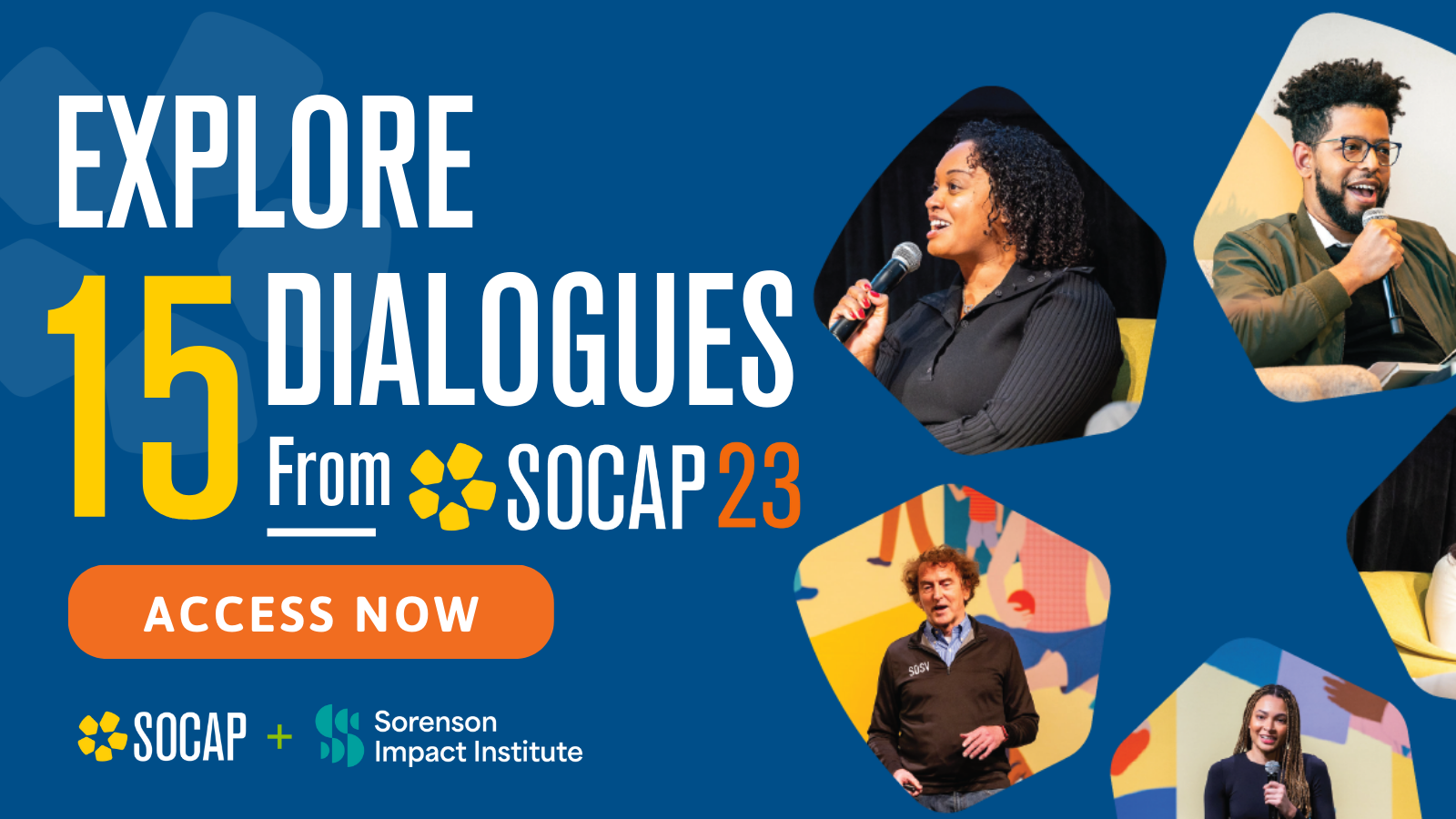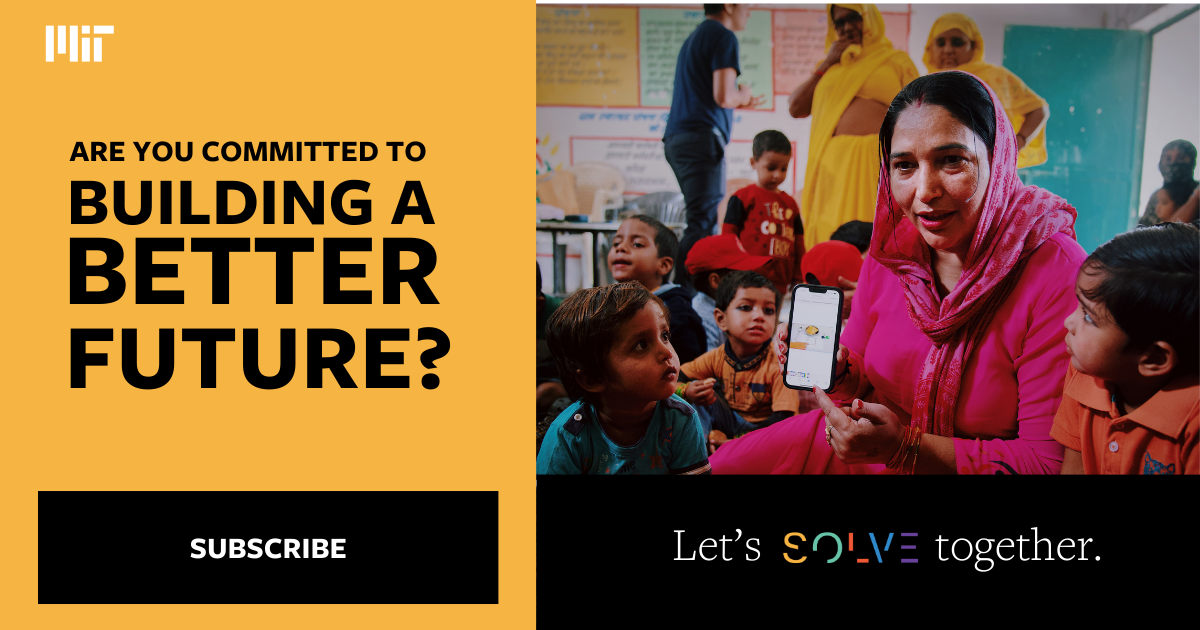On a recent visit to a remote project site in Nepal, the Days for Girls team found ourselves trekking along mountain paths over what appeared to be thousand-foot drops. One of us commented on the dramatic scenery, saying she thought the mountains were beautiful. The local woman closest to her responded: “You call these mountains? These are not mountains. These are hills.”
A few days later on the flight back home, we looked out the window to see clouds. Below lay the mountains we trekked before, and above were the sisters of Everest, which until then were hidden from view.
What does seeing mountains above the clouds have to do with gratitude and, in turn, with better management practices? It’s all about perspective.
It’s easy to miss the full picture until you are at another viewpoint. And as a leader, it is easy to miss the mountains for the hills if you don’t go the extra mile to understand what partners and team members might be seeing. You can’t honestly look unless you seek. And you can’t seek unless you sincerely value the opportunity to appreciate what others see.
Ultimately, gratitude allows for doing better work and having more fun while doing it, through broadening perspective and approaching any situation or project with the willingness to see the bigger picture.
What is gratitude?
Gratitude is the practice of acknowledging goodness. It’s a mindset, and it can be woven into all levels of project management. At Days for Girls, we credit our growth to cultivating a practice of gratitude on an organizational level. In just a few years, we have grown to a global network with over 900 volunteer chapters and teams, and we operate social enterprise programs in 15 countries. Our focus is sustainable feminine hygiene: We make washable hygiene kits, each of which lasts a woman or girl for up to three years.
While feminine hygiene may at first glance seem a leap from the work of many Conscious Company readers, our philosophy is that if it can work for us, it can work anywhere: If gratitude can create a small empire made up of people who drop everything, start making DfG kits, and strike up conversations with complete strangers about menstrual hygiene, it can do anything. Here’s how.
The gratitude lifecycle
Traditionally, many have seen gratitude as something relegated to thank-yous after a project has been completed. But at Days for Girls, we believe gratitude is actually a strategic approach to management.
Managing through gratitude is a great way to inspire people, build teams, and get things done. Where does gratitude start? At the beginning. A study from the Wharton School at the University of Pennsylvania found that university fundraisers who were thanked at the outset were more productive. The group that “received a pep talk from the director of annual giving, who told the fundraisers she was grateful for their efforts . . . made 50 percent more fundraising calls than those who did not.”
Gratitude is a great motivator. Because of this, it can and should come at the beginning, middle, and end of a project. A 2010 study affirmed exactly how gratitude can encourage people to help each other more. Two groups of students were asked for feedback on another student’s job application. One group was thanked for their feedback, and the other received a neutral email acknowledging that their input had been received. Fifty-five percent of those who were thanked agreed to help another student the following day. Only 25 percent of those who had not been thanked did the same. When people are thanked at the beginning and throughout a project, they do more — and they help other members of their team do more.
Incorporating gratitude into management is relatively simple, and often even small changes can make a big difference. Recently, we were reminded of the importance of this when Days for Girls started receiving negative feedback on a new registration form. When we took a second look at the form, we realized that one of our staff, in a desire to clarify instructions, had put a big red ‘NOT’ in caps and underlined at the top of the form. We changed the wording, and the response was significant. When people feel welcome, they show up — literally and figuratively. Creating an ethos of gratitude is one way to inspire your existing team and to grow your supporters.
Gratitude management isn’t just about thanking someone after the fact. It is a cycle that begins with appreciating the attributes of your team, and continues throughout the duration of a project. Creating an ethos of gratitude involves inviting all team members to take an active role in appreciating the value of all stakeholders, and finding ways to ensure that those stakeholders feel acknowledged along every touchpoint. This is a continuous process.
Gratitude builds stronger teams. Stronger teams create better work.
Gratitude is a team sport. People support what they create, and they are most likely to create the best work when allowed to play to their strengths. When we manage through gratitude, this invites us as managers to really recognize and acknowledge people’s strengths. This is a natural way to inspire team members to produce their best work. We can start by acknowledging what team members are good at and let them build from there.
IDEO is one example of a company that incorporates gratitude on every level to foster teamwork and create better end results. After analyzing IDEO’s culture of helping, Harvard Business Review found that practically everyone at the company saw their co-workers as effective helpers. Eighty-nine percent of employees showed up on someone else’s top 5 list of helpers, and “trust” and “accessibility” were the most important things employees considered when looking for a helper (more so than “competence”).
Why is IDEO’s corporate culture such a success? As HBR noted, “. . . On a daily basis, the incentive to help comes from the simple gratitude it produces and the recognition of its worth.”
The take-away from this is that gratitude is desired and accessible to all of us: We can all cultivate gratitude in our workplaces through acknowledging each other’s strengths and thus building stronger teams.
At Days for Girls, consistently acknowledging each other’s strengths means we often end up wearing a lot of hats on a lot of different projects, but it also means that we have great cross-pollination in project understanding and more than a few team members have historic context on a given project. Gratitude for each others’ strengths helps build greater connections between team members, and it helps them produce their best work as a team.
Doing gratitude well: It has to be genuine
Let’s face it: We can all feel when someone is being insincere with us. So when we’re thanking someone, we need to mean it. One way to do this is to start out small. When managers keep an eye out for advancements worth celebrating, that gives the team a whole lot of energy as they hit the small targets that add up to large advancements.
The best way to manage from gratitude is to have fun with it. Find a way to incorporate gratitude that fits with your office culture. At Days for Girls, we are generous with handing out virtual gold stars and high fives, but you should pick something that works for you.
Approach your work through gratitude, and your team will be creative, collaborative, less likely to burn out, and more likely to enjoy the journey.






